The Cham community in Lac Tanh town, Tanh Linh district organizes a worship ceremony for Po Cei Khai Mâh Bingu on the mountain every 3-5 years. The worship of Po Cei Khai Mâh Bingu aims to pray for the gods to bless the villagers with a prosperous and happy life.
Po Cei Khai Mâh Bingu Temple Relics
The location of the Po Cei Khai Mâh Bingu temple relic is in the forest (Kalong) in Tanh Linh district, Binh Thuan province. According to Mr. Thong Dua (35 years old), a Pajau dignitary, Po Cei Khai Mâh Bingu is the son of Po Haniim Par. The Po Cei Khai Mâh Bingu worship area is a tomb made of sand. Surrounding the tomb is a wall system made of stacked stones about 50cm high. The stone wall system consists of 2 layers, the inside is divided into the following areas:
Kitchen area (in the southwest): Used to preserve food and prepare food to offer to the gods. Thunder god worship area (in the east), the thunder god temple is built with stacked stones. The thunder god worship area is in charge of worship by the officials (Halau Balang).

The area for the administrative department (in the southeast), the Halau Balang sit together in a separate area near the entrance opposite the kitchen area. They are responsible for protecting and controlling the offerings that people bring to worship and the central area, where there is a sand temple and offerings to the gods. In the central position are reserved only for the dignitaries Acar, Maduen, Ka-ing, Kadhar, Pajau, the dancers and the ceremonial band. People only enter the central area when offering offerings and praying.
In addition to the stone wall system as the main worship space, about 1km away there are traces of a rampart built with stacked stones 1-2m high and about 5km long. According to Mr. Dong Van Long in Cham quarter, Lac Tanh town, Tanh Linh district, the function of the stone rampart was to hunt wild animals.
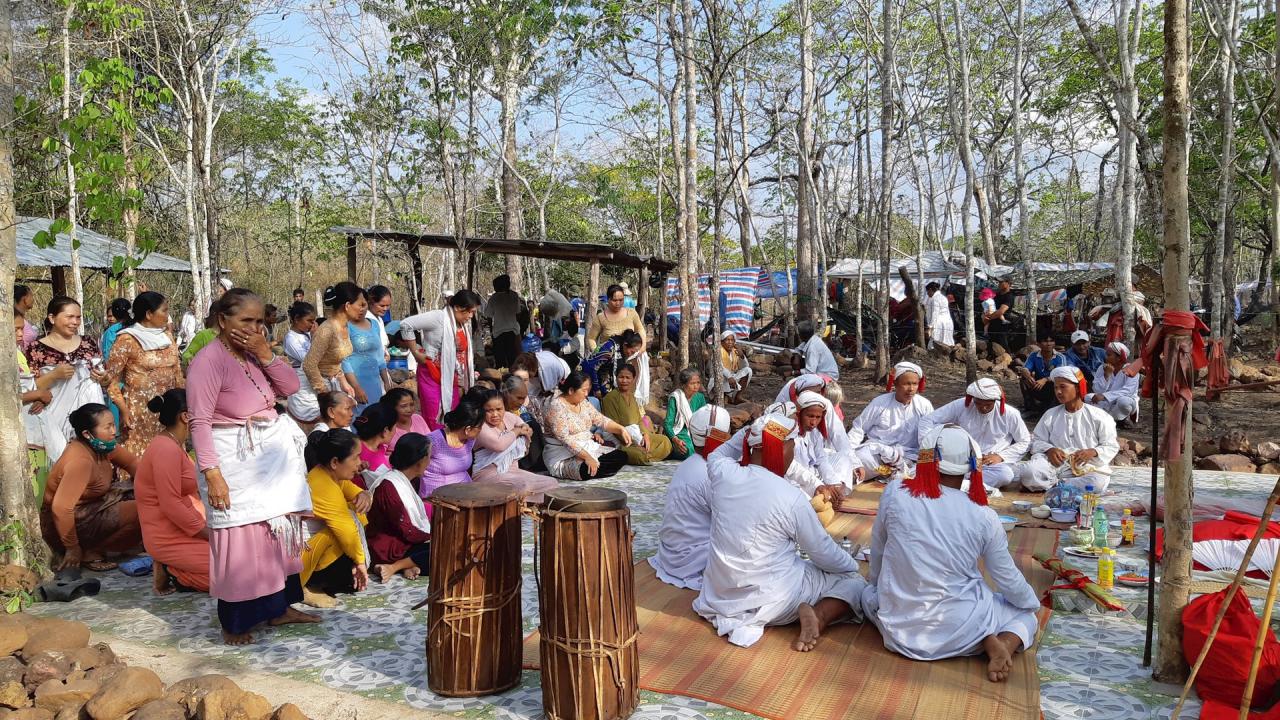
Po Cei Khai Mâh Bingu worship ceremony
According to the ceremonial master, the Po Cei Khai Mâh Bingu worship ceremony can be divided into three main ceremonies: the Pa-mruai ceremony presided over by the Po Acar dignitary, the Rija Harei ceremony performed by the Ka-ing and Maduen dignitaries, and the Abu Rieng worship ceremony performed by the Kadhar and Pajau dignitaries. The above ceremonies are performed continuously and last from evening until early morning the next day.
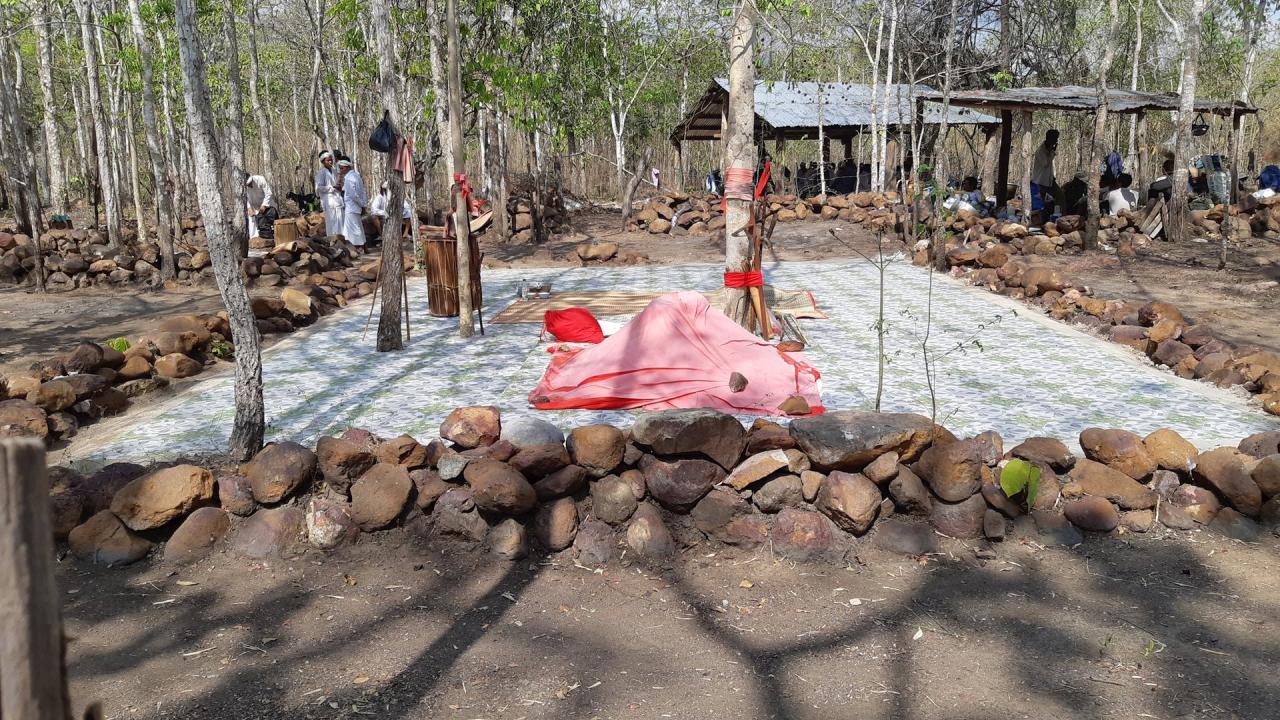
Pa-mruai Ritual
The Acar dignitaries sit in the South facing the sand-covered tomb, the highest ranking dignitary is Imâm. In front of Imâm is a bowl of charcoal to burn incense. When Imâm begins to recite prayers in Arabic, the Acar dignitaries chant in unison. The job of the Acar dignitary is only to recite prayers and perform rituals without offering offerings. While the Acars recite prayers, the people clasp their hands and pray, wishing for good things in life, for favorable weather, family peace and happiness. The duty of the Acar dignitary is only to perform the Pa-mruai ritual. They have a separate altar in the Po Cei Khai Mâh Bingu worship area. On the altar of the Acar dignitary are placed a bunch of bananas, a tray of betel and areca nuts, fruits, cakes and a pot of tea.
Rija Harei Ceremony
At the Po Cei Khai Mâh Bingu ceremony, the Maduen dignitary invites the gods, while beating the Baranăng drum and singing about the legends of the gods. The Ka-ing dignitary pours wine to invite the gods and performs the main ritual dance. The ceremonial band consists of the Ginăng drum, the Saranai trumpet and the gong playing together to let the Ka-ing dance. In addition, there is also a Churu ceremonial band participating, consisting of a drum (used to keep the rhythm with the hand, not using a stick like the Ginăng drum of the Cham people), a rattle (grong) and a Kabot trumpet (gourd trumpet).
Ka-ing's props in the Rija Harei ritual are only a red handkerchief, a paper fan and a rattan stick. During the ceremony, Ka-ing dances backward and forward with leisurely hand movements and light steps to the rhythm of the Ginang drum of the ceremonial band. However, when the spirit enters Ka-ing's soul, his whole body trembles. Ka-ing takes out a slingshot and a stick to burn incense smoke. Po Cei Khai Mâh Bingu uses these two weapons to go into the forest and hunt animals.
The main offering is a boiled and shredded goat arranged on a bamboo tray. The goat meat is divided into two trays, including Patuei and Kalai. The offerings that people bring include chicken, betel, eggs, wine, fruits and dried coconuts... In addition, each family that goes to the ceremony brings a chiet (Ciet) containing clothes for the deceased and a rattan stick.
Abu Rieng worship ceremony
Immediately after the dignitaries Ka-ing and Maduen finished their offerings, the dignitaries Kadhar and Pajau continued to arrange the offerings. The main offerings were a pair of boiled chickens, including a rooster and a hen. In addition, there was a tray of betel and areca nuts, 2 eggs, 1 bowl of rice (lisei hop), 10 bowls of soup, 4 bowls of rice and 1 jug of wine.
At the beginning of the ceremony, the Kadhar dignitary burns incense and prays to invite the gods to witness and receive the offerings. The content of the prayer talks about the purpose of the people coming to offer the offerings and the offerings to the gods. Through the offering, they pray for the gods to bless them, pray for favorable weather, and for people's lives to be peaceful, prosperous and happy. When offering to Po Cei Khai Mâh Bingu, the Kadhar and Pajau dignitaries sing about the biography and merits of the god. Mr. Kadhar plays the Kanyi and sings hymns, and the other dignitaries sing along. When the song is nearing its end, the dignitaries and people form a circle and dance around his grave until the end of the song. Everyone ties a scarf around their waist, clasps their hands above their heads, prays to the god and wishes for good things to come to their families.
After the village worship, families arrange offerings to present to the gods to pay off their debts as promised or to pray for their blessings. Offerings to Abu Rieng include 2 grilled fish (usually snakehead fish), porridge and sweet soup. The grilled fish is placed on a bamboo tray lined with banana leaves, the porridge is placed in bowls on 2 trays of offerings. Each tray has 4 bowls of porridge and 1 plate of sticky rice. About 8-12 families worship at a time, Kadhar and Pajau dignitaries help people arrange the offerings. Families who offer chicken and make boxed rice (lisei hop) will have an additional dried coconut as their offering. The next day, families with children who are difficult to raise and often sick ask for permission to hold a ceremony to put bracelets and anklets on the children, the dignitaries divide the tasks to perform the ceremony according to the wishes of the people.
Thus, the worship of Po Cei Khai Mâh Bingu on the mountain has existed for a long time. However, due to the rugged terrain and difficulty in traveling, the people of the Cham quarter, Lac Tanh town, Tanh Linh district invited the god to the village to build a temple to facilitate the offering and worship. Although a new place of worship has been established in the village, the people still commemorate the god at the old place of worship. Therefore, every 3-5 years, the people organize offerings on the mountain. The worship of Po Cei Khai Mâh Bingu is a synthesis of many rituals, with the participation of Po Acar, Ka-ing, Kadhar and Pajau dignitaries. In particular, the Churu, Kaho and Cham ethnic groups in Tanh Linh and Ham Thuan Bac districts also practice the same ritual. This shows that the worship of Po Cei Khai Mâh Bingu has a profound influence on the ethnic minority communities in Binh Thuan province.
Source



![[Photo] Closing of the 11th Conference of the 13th Central Committee of the Communist Party of Vietnam](https://vstatic.vietnam.vn/vietnam/resource/IMAGE/2025/4/12/114b57fe6e9b4814a5ddfacf6dfe5b7f)

![[Photo] Overcoming all difficulties, speeding up construction progress of Hoa Binh Hydropower Plant Expansion Project](https://vstatic.vietnam.vn/vietnam/resource/IMAGE/2025/4/12/bff04b551e98484c84d74c8faa3526e0)


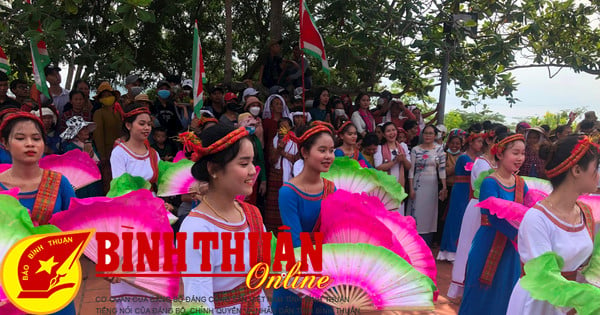
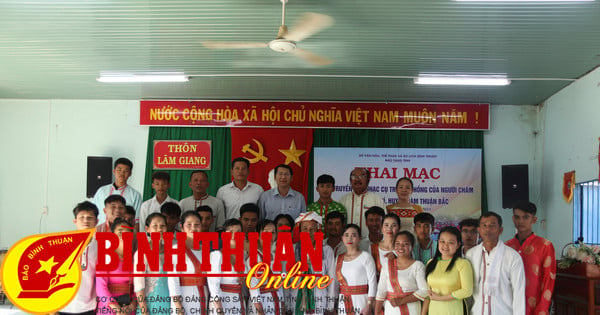

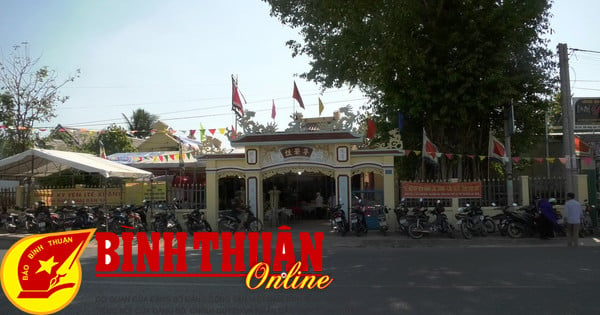
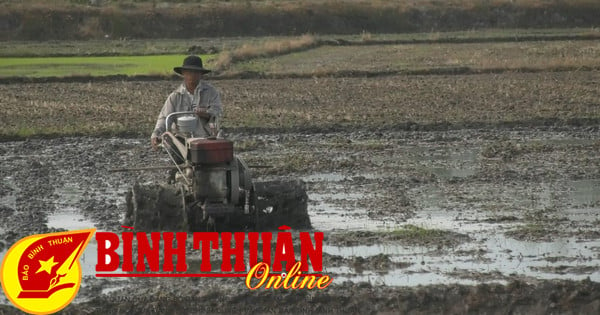

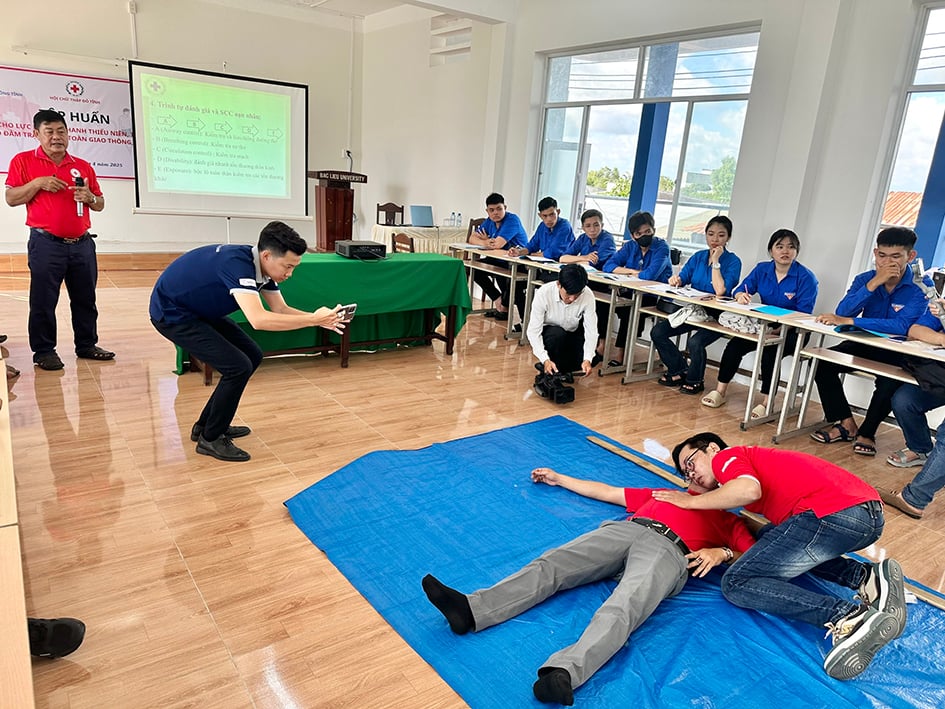
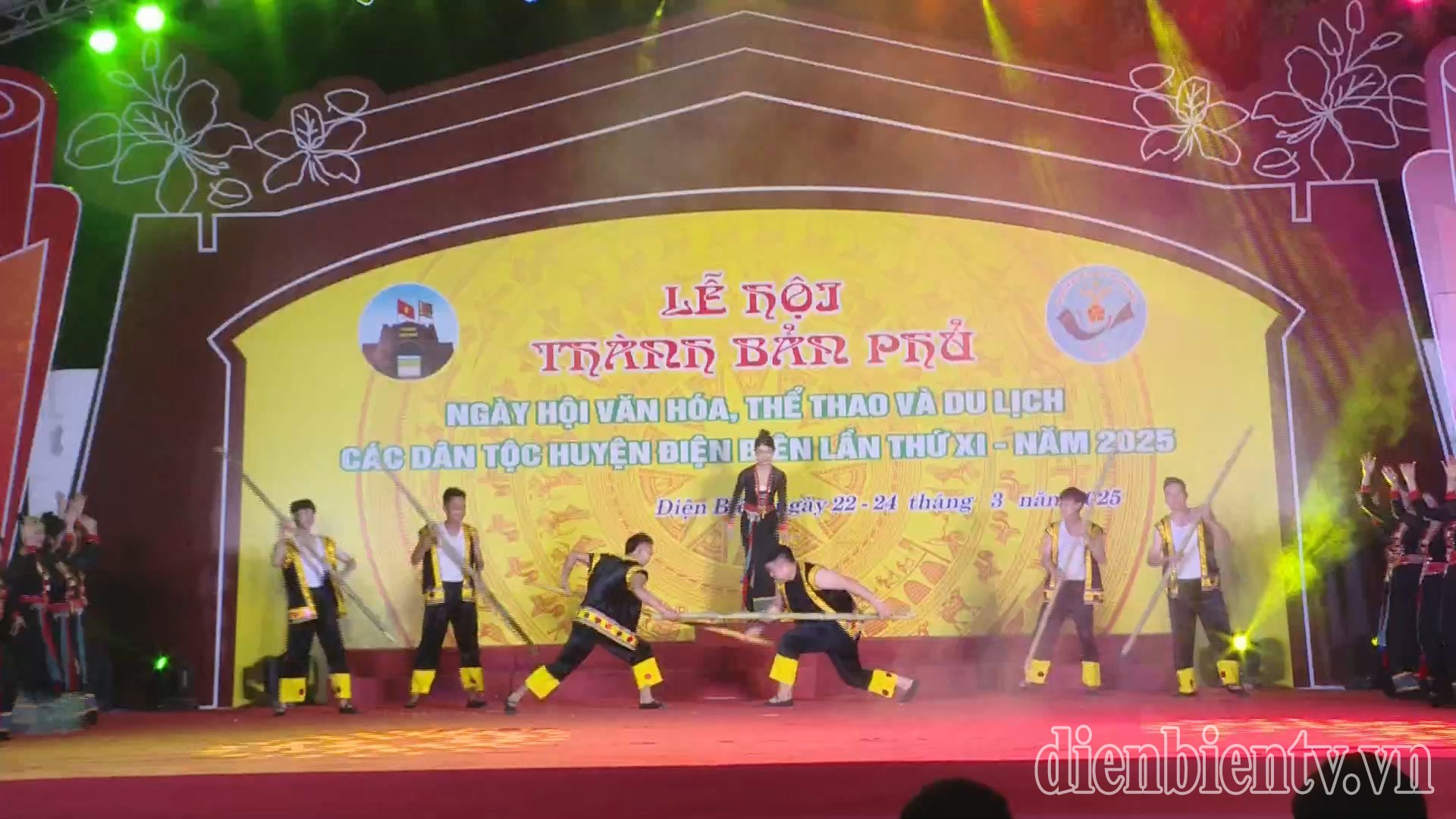
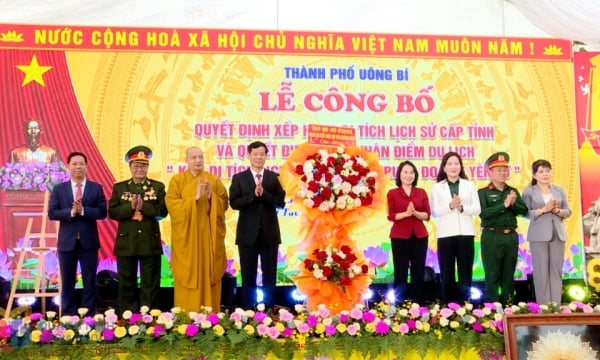
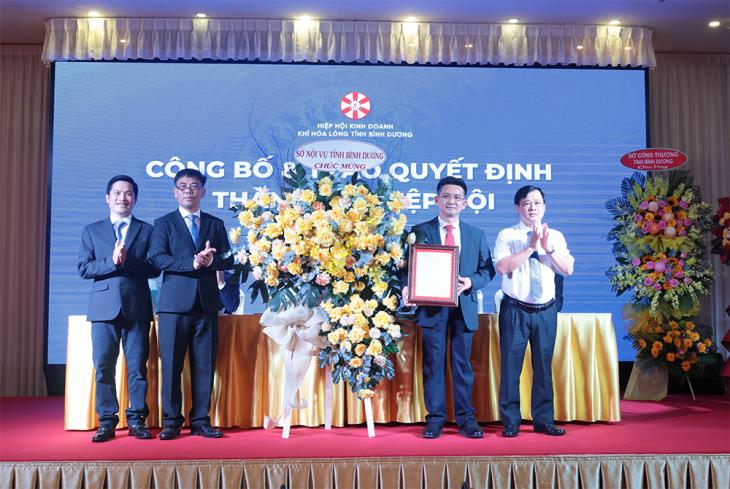
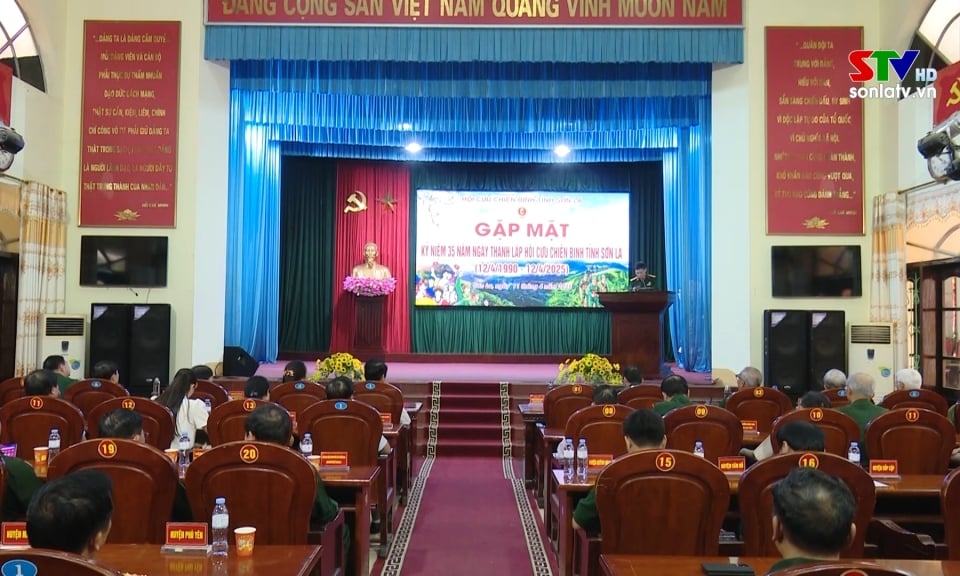
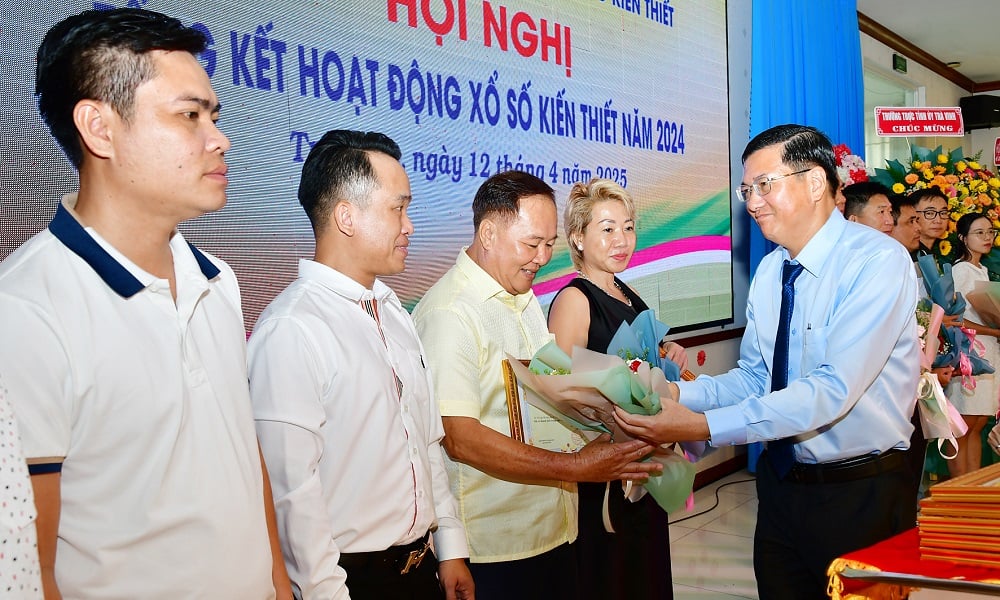



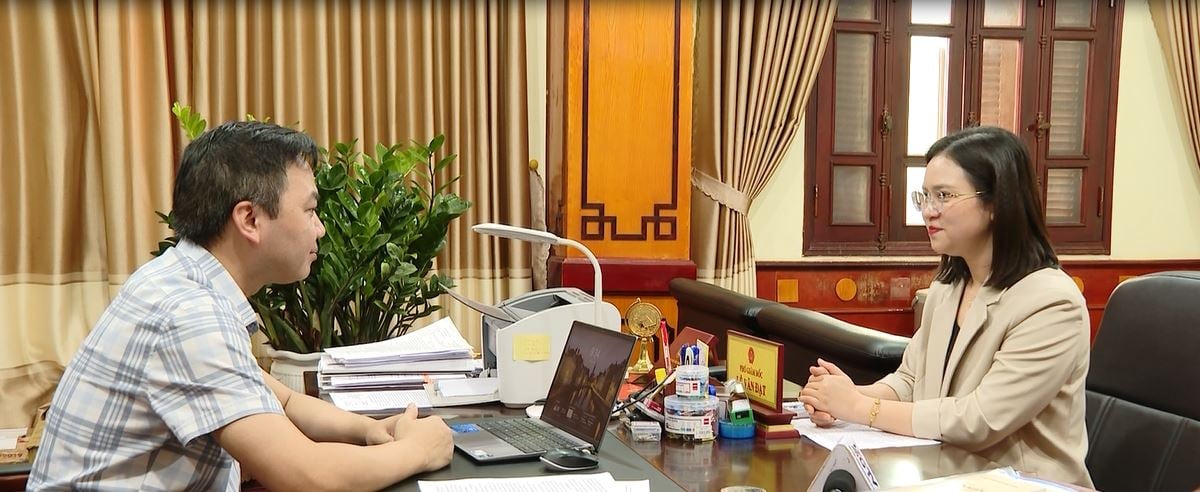
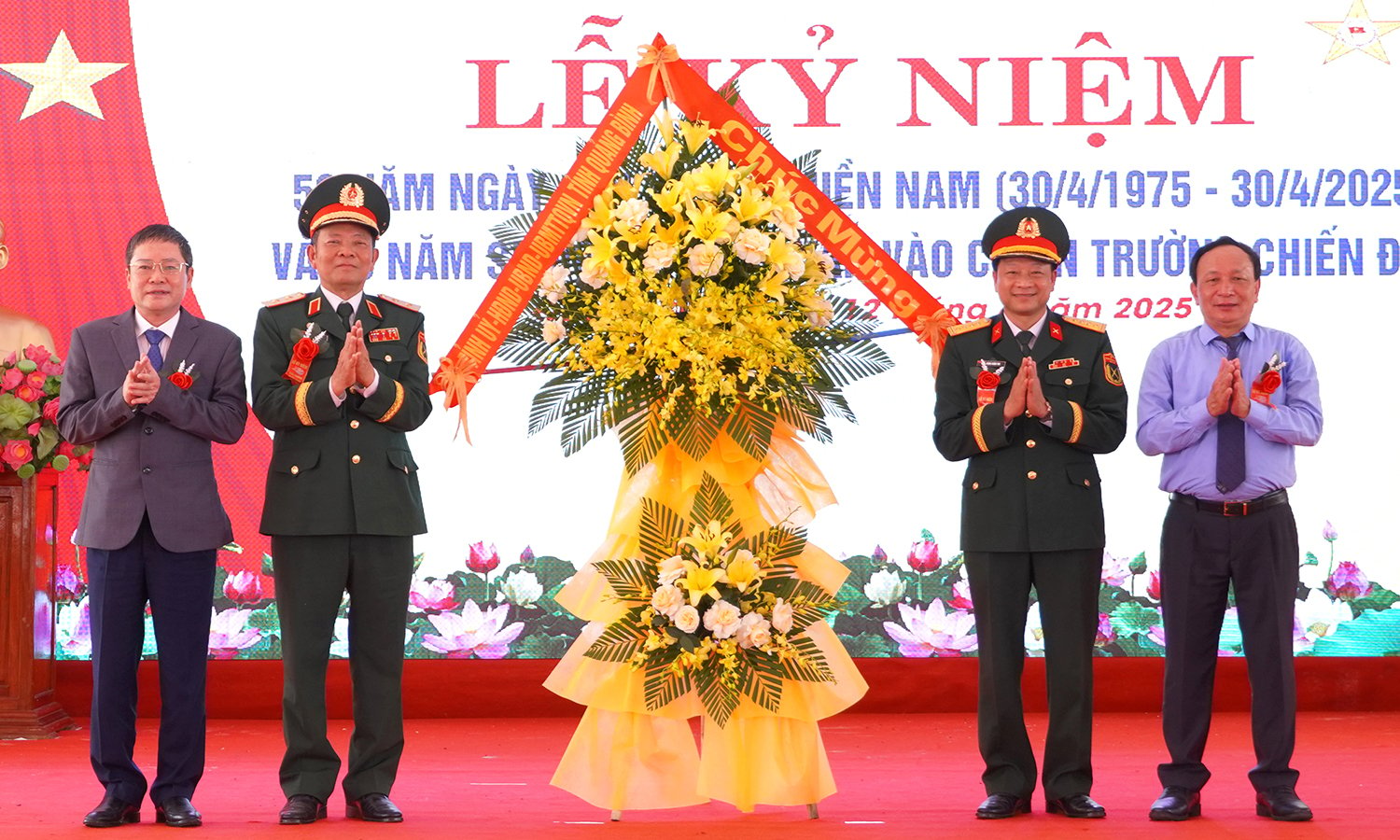
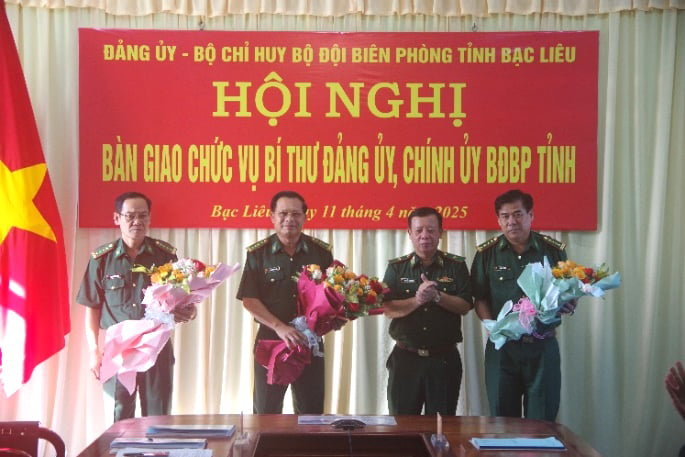


















































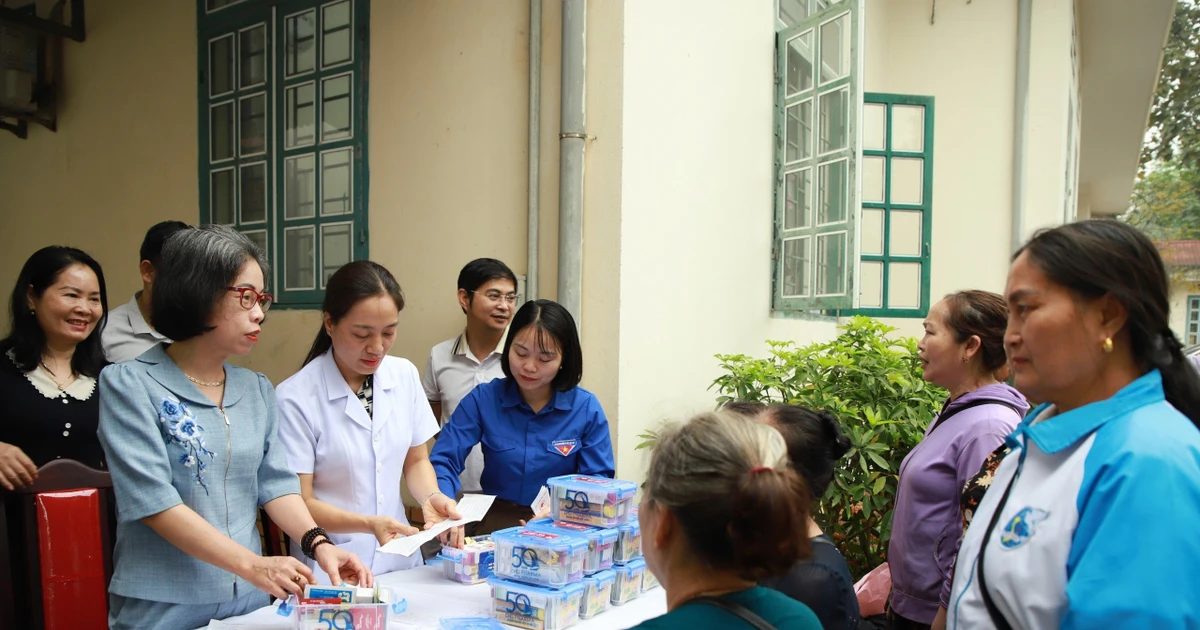


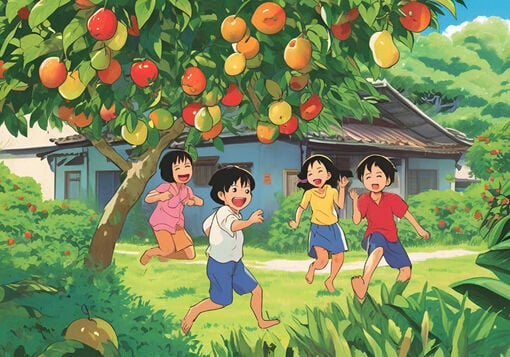

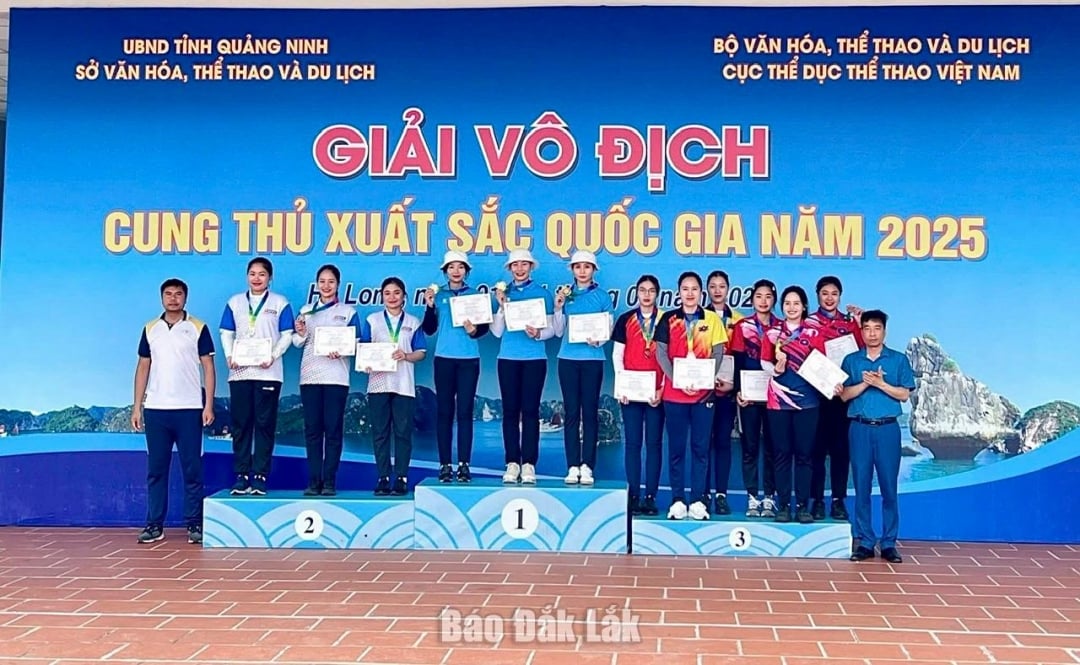












Comment (0)